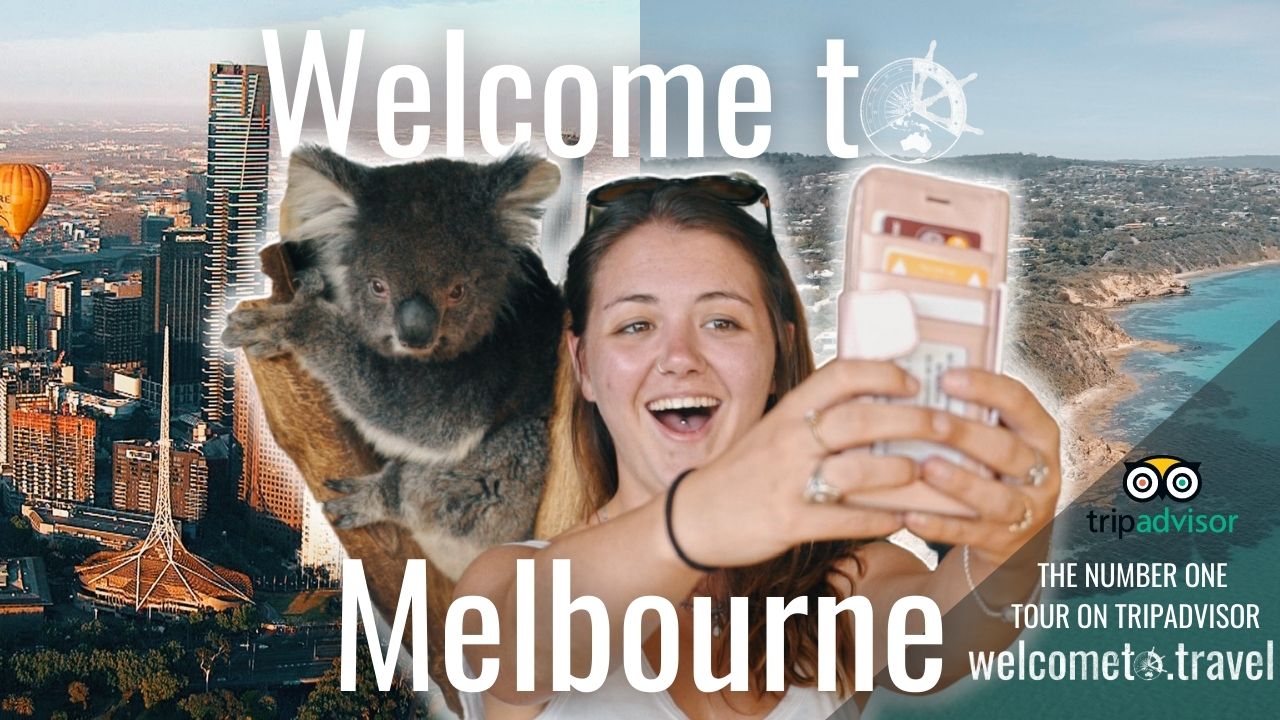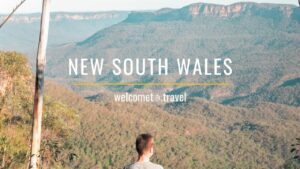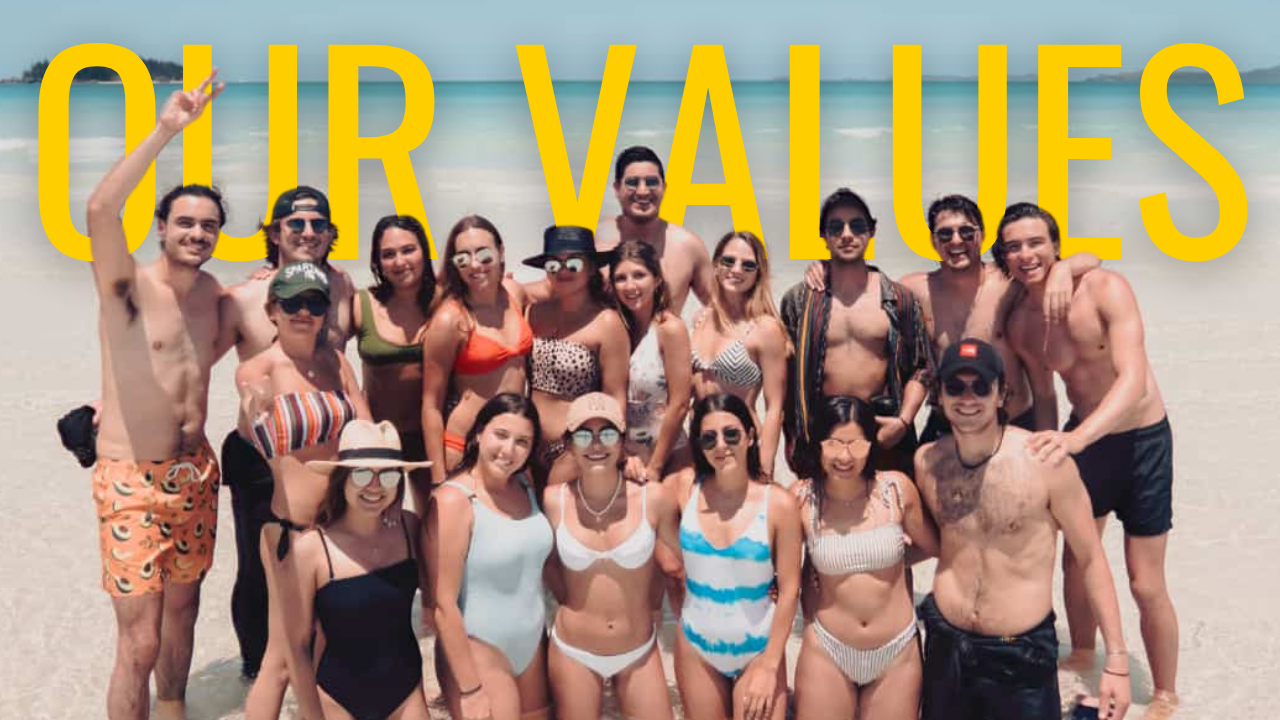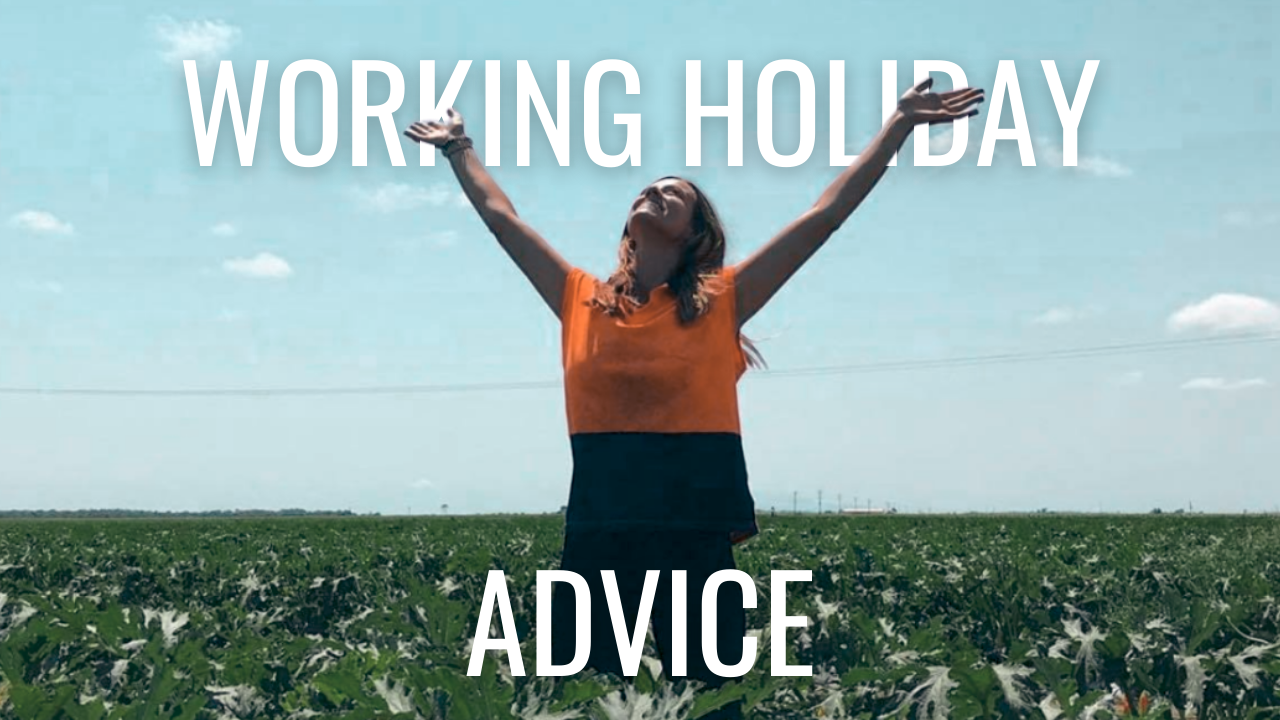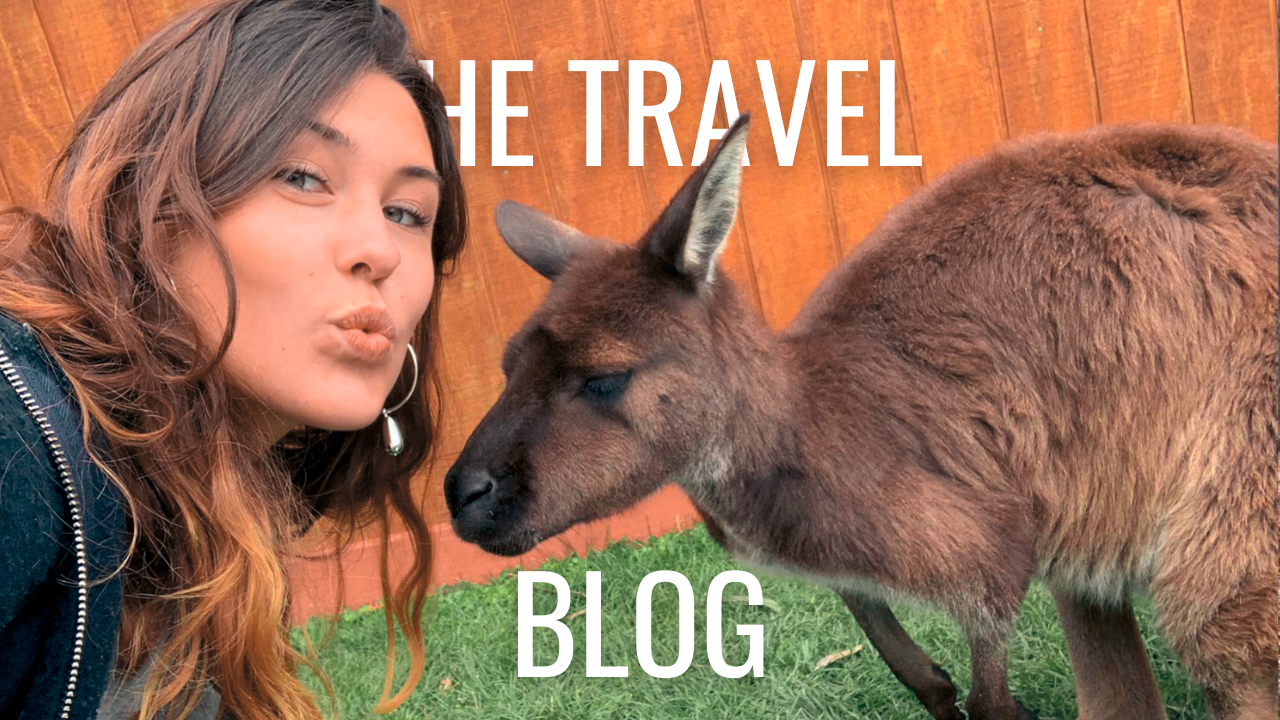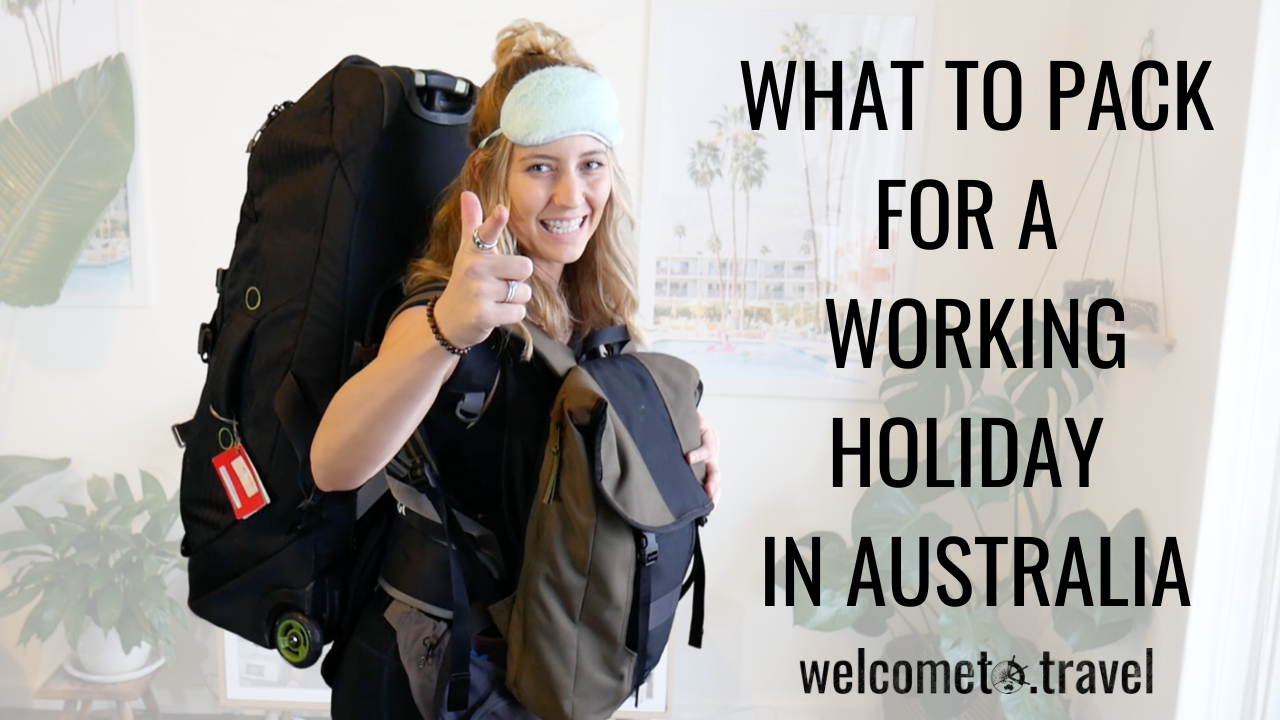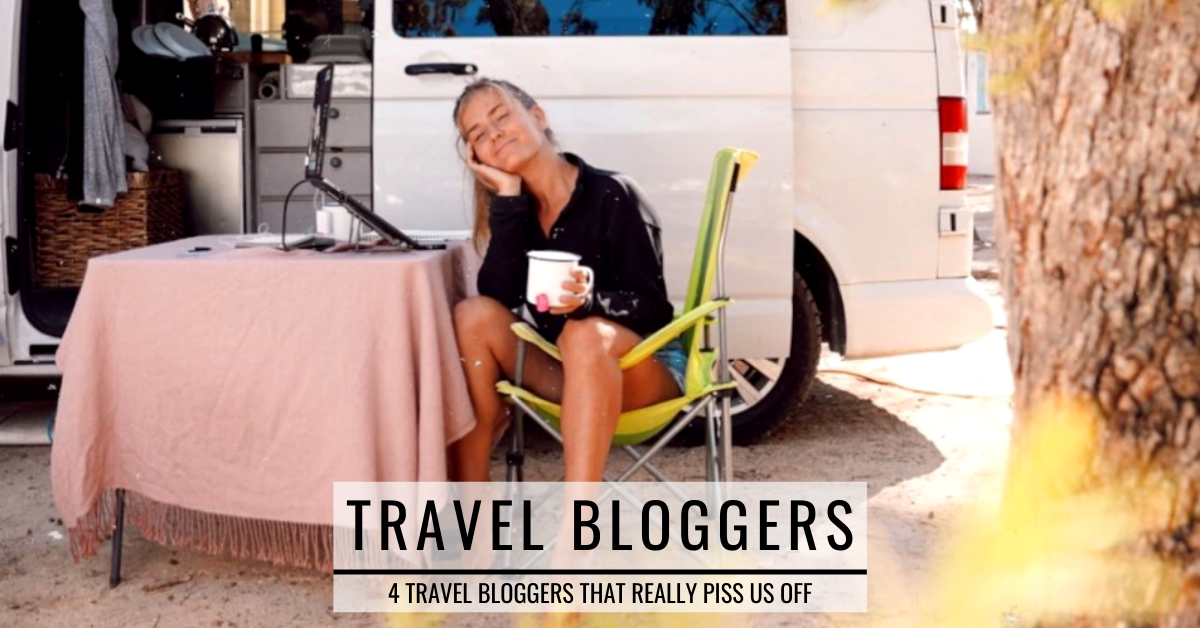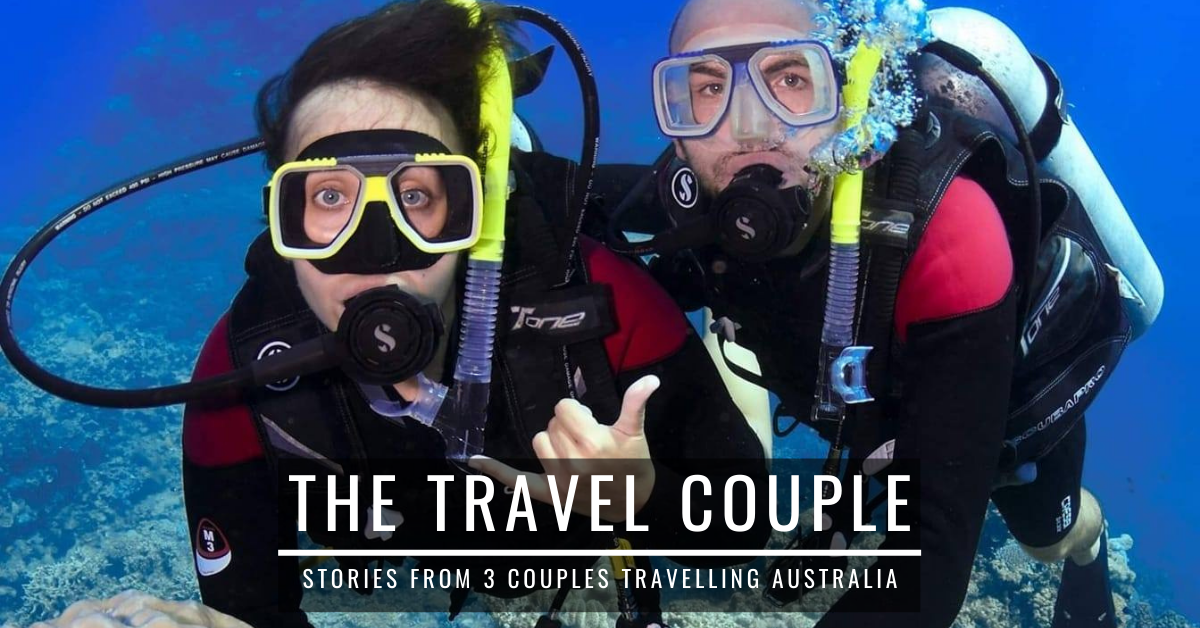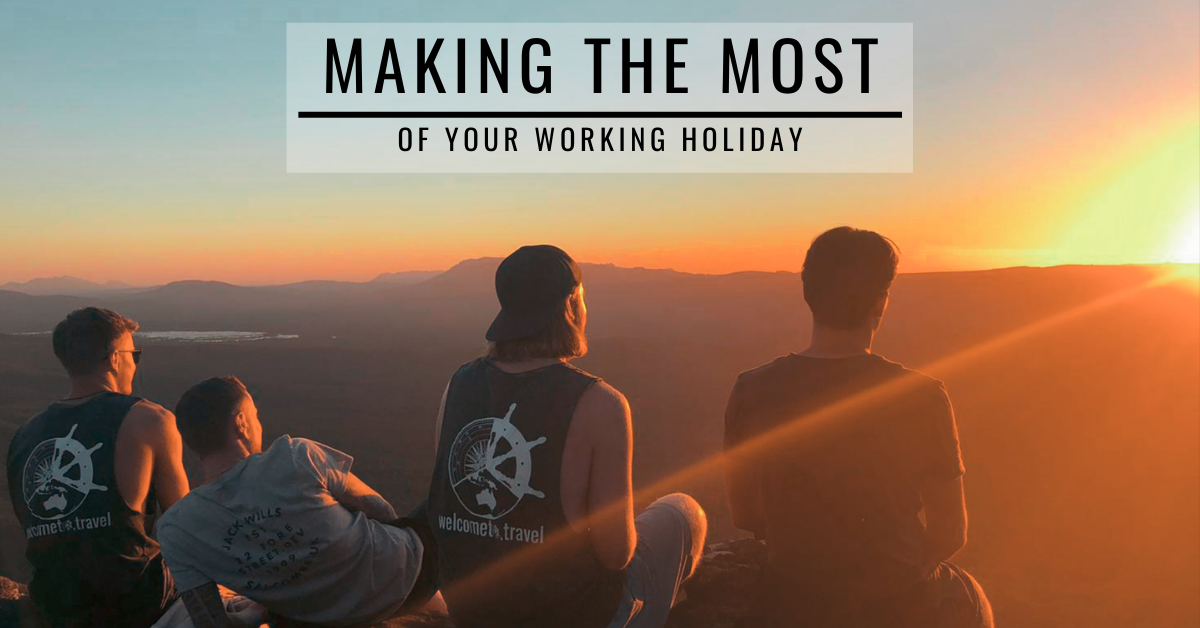If you’re like me and deciding what to pack makes you shiver
Then hopefully reading this will make the whole process a little less stressful. Although it seems like a relatively straightforward task, I often leave it to the last minute because I’ll dive in with little to no thought and later find myself getting overwhelmed with choices and questions. So, we’ve put together a basic what-to-pack guide to help you feel prepared and organised.
Australia is a MASSIVE country with diverse and sometimes extreme climates. If you plan on being here for a year or more, you need to be prepared for hot and humid days, chilly mornings and nights, stormy weather and everything in between. There is a world of difference, for example, between the harsh and dry heat of the Outback, the tropical, humid air in Tropical North Queensland and the cooler summer temperatures in Tasmania. Melbourne alone is notorious for being the city of four seasons in one day, so don’t say we didn’t warn you!

Essentials
The following are what we consider to be must-pack items, meaning anything not mentioned is at your discretion to include (for example, while watching Netflix in your hostel bed on a rainy day is a MOOD, we don’t consider a laptop to be an essential). It also goes without saying that your list of what to pack may be longer depending on what kind of traveller you are and what tours or activities you plan on doing (e.g. if you’re a hiker or a surfer, you’ll need more specific equipment/clothing).
Some things on this list can absolutely be bought once you arrive (e.g. shampoo) but we factor them in here because some people prefer to leave with them, use them up along the way and ditch them to leave space in their bag before their flight back home.
Bags
Backpack. The type and size of backpack is quite a personal choice and one that will require some research. If you’re a minimalist, you will most likely make do with a 50L backpack. If you need a little more room, aim for a 65L one and if you’re a hoarder and/or love buying things when you travel, you can go as big as 85L. Ultimately, you want one that you can carry with ease and comfort, is good quality and spacious in terms of capacity. Check out brands like Kathmandu, Osprey, Ultralight Adventure Equipment, Gregory, Granite Gear and Deuter for some options. One particular backpack that we think ticks a lot of boxes is this 70L one from Kathmandu.
A smaller backpack/a tote bag to bring to the beach, on a day out exploring or to the grocery store.
A bumbag/small purse to put cards/money/smaller items in for a night out or a trip to the market.
A small laundry bag that folds down nicely.

Toiletries
A toothbrush, toothpaste, deodorant and a travel razor. These can certainly be bought here at any discount drugstore (e.g. Chemist Warehouse), with toothpaste as cheap as $1AUD.
A bar of soap and a soap container. Avoids the need to buy single-use plastic!
Hairbrush. For the Rapunzels out there.
Medication. Make sure you get extra prescriptions filled in advance if you need to or do your research about whether your medication is available in Australia.
Makeup. I’m not here to tell you how to live your life, but keep it minimal if you can. If you think you need to pack that blush that you used once six months ago, you don’t. In Australian heat, everything just melts off your face anyway.
Shampoo, conditioner, sunscreen, moisturiser. Buy a few 100mL travel tubes and fill ‘em right up before you go. Saves space, and you can easily buy bigger bottles, share costs with others and refill your tubes as you go. Having these handy tubes means you can also go away on weekend/camping trips and use them.
A Moon Cup/Diva Cup/menstrual cup is a good alternative to tampons and pads. A Moon Cup is light, saves space in your bag and is better for the environment. Plus it’s got a cool name.
Towels. Leave your big, bulky one at home and throw in a smaller, lightweight microfibre towel in. And don’t even think about packing a beach towel, swap it instead with a sarong that can be used for the beach and even as a skirt on hot days.
Clothing
Underwear/socks. Pack at least 7 pairs of underwear, then throw in 7 more. Just kidding, but don’t skimp out on underwear just in case you can’t always do washing as often as you’d like. When it comes to bras, go for comfort (none of this underwire business) and you shouldn’t need more than 2 or 3. Throw in 7 pairs of socks too and make sure you’ve got a warm pair for chilly nights or early morning hikes.
Swimwear. You’re coming to one of the surf havens of the world where so many UNREAL surf brands were born, so hold out and invest in a high-quality and long-lasting new suit. Don’t bring any more than two pairs of bikinis/swimsuits in your suitcase, just don’t do it.
A lightweight waterproof jacket. These can often fold into almost nothing and will no doubt come in handy. Don’t bother bringing a proper jacket over, unless you’ve got a good quality one and you know you’ll be in a part of Australia with a colder climate in the height of winter. You can always buy a second-hand one over here for cheap!
A couple of jumpers (or sweaters). You will definitely need these at some point.
Playsuits/jumpsuits are great to throw in, because they’re two-in-one and are usually thin and breathable. Plus they’re really cute and can be both casual and chic for nights out.
Pants. Denim’s not a fantastic choice for heat or humidity, so a single pair of jeans will do if you can’t do without. Otherwise, aim for 2/3 pairs of lightweight and breathable pants.
Shorts. Throw in a few pairs of shorts, but try to find a pair that doubles as pyjama shorts, beach shorts or sport shorts for days when leggings won’t do.
Shirts. Pack 7-10 tshirts/crop tops/tank tops and make sure you’ve got a couple of long-sleeved shirts. If you’re the outdoorsy type, pack a thermal for any camping trips or winter hikes. Yes, Australia does get that cold.
Sleepwear/casual wear. Always have a pair of tracksuit pants or leggings, a big t-shirt and a comfy hoodie to lounge around in.
Sportswear. Depending on how much physical activity you plan on doing while you’re away (be honest with yourself here), a single outfit (leggings/shorts and workout top) should be fine to start with.
Clothes for a night out. Don’t go overboard trying to fit in a handful of fancy outfits – just pack basics that go well together. A couple of skirts/dresses that are fit for both casual outings and social ones are always good and a small jacket like a denim jacket or thin bomber can help dress up an outfit.
A hat. The sun is extremely strong in Australia and we take sun care pretty seriously so wear a hat and lather on the sunscreen on a sunny day.
Shoes
A pair of comfortable and good quality running shoes for hikes, working out and just walking around all day in.
A second pair of casual sneakers for everyday activities and even going out in.
Ditch the heels and instead opt for a pair of shoes that serve a second purpose (e.g. some nice sandals or boots). In a lot of places in Australia, you don’t need heels to be allowed into places and to be honest, unless you’re working an office job in the city or going to fancy clubs, you won’t need them.
A pair of flip flops. In summer in Australia people LIVE in these, but you can easily buy a pair when you get here.
Free Working Holiday Checklist
Tech/Accessories
An adaptor/converter. Having one on you means you won’t need to go looking for one last minute if something comes up.
Unless you need it for work or any other reason, leave your laptop at home. An iPad takes up less space and does the trick, but is also unnecessary. If you’re planning on being away from home for at least a year, invest in a good smartphone but without a contract so that you can get an Australian SIM card. A smartphone will double up as a computer and a camera in one – win.
A good portable charger so that you never have to find yourself in a tricky situation.
Headphones
A kindle or e-reader

Documentation
Passport. Would be weird if you got in the country without one.
A printed version of your visa (otherwise an electronic version will do)
Ensure you upload all of the documents you may need to access (your CV, your visa, other forms of ID etc) to your Google Drive. You will be able to print out whatever you need at any library. Alternatively, put them on a USB but make sure not to lose it.
Money
Avoid converting your money at the airport when you arrive, you will just lose money in doing so. Wait and go to one of the many places in the city with better rates.
We suggest converting the equivalent of $250AUD before arriving so that you have cash ready for when you land. This gives you a bit of a safety net if you can’t exchange your money right away.
You can also create an account with TransferWise before you go. You’ll save money when you transfer money from your home bank account to your Australian one and you can start using money right away, even before receiving your Australian bank card. See here for a full breakdown on how to create an account.
Last Tips!
This may sound like an obvious one, but leave anything you don’t NEED at home. If you feel triggered reading that, go take your hair dryer out of your backpack right now.
Packing cubes are really great for organising your belongings so they’re easy to find and put away again. They also fit neatly into your backpack and help to maximise space.
Don’t leave with a full backpack. Save some room for a new hoodie, trinkets for your mates back home and a jar of Vegemite.
Don’t bring your favourite, most expensive jewellery because you will just spend time stressing about losing it.
Pack your essentials at the top of your bag so you can easily retrieve them when you land without having to unpack your entire bag.
Make sure you distribute the weight across your core and back to avoid any injuries or pain. This means packing the most heaviest items in the middle, closest to your back.
Buy a waterproof bag cover so that you’re prepared for unpredictable weather!
And last but not least, make sure you have comprehensive travel insurance!
